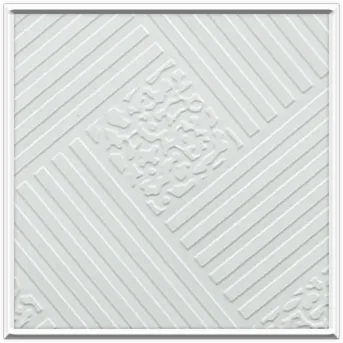Dec . 26, 2024 17:19 Back to list
How to Choose the Right Ceiling Access Door for Your Attic
Understanding Ceiling Attic Access Doors
When it comes to home design and functionality, attic access doors can often be overlooked. However, they play a crucial role in providing access to the often-underused space above our heads. Ceiling attic access doors are not just practical; they can also enhance the overall aesthetic of your home. In this article, we will delve into the importance of attic access doors, their various types, and installation considerations.
The Importance of Attic Access
An attic serves multiple purposes it can be a storage area, a hobby space, or even a conversion into a living area. To fully utilize this space, a ceiling attic access door becomes essential. Without it, accessing your attic for maintenance, storage, or emergency purposes can be cumbersome and potentially unsafe. This is especially true if the attic is located above a hallway or a living room where easy access is paramount.
Moreover, an attic access door can also assist in energy efficiency. Proper insulation and ventilation are vital in any attic space. A well-fitted access door can reduce air leaks and maintain thermal comfort, which helps in lowering energy costs and improving overall climate control in your home.
Types of Attic Access Doors
There are several different types of attic access doors available, each catering to different needs and design preferences
1. Pull-Down Ladders These popular options are ideal for homes with limited space. They are installed directly in the ceiling, providing a safe and easy way to access the attic when needed. Pull-down ladders come in various materials and styles, allowing homeowners to choose one that suits their decor.
2. Hatch Doors A hatch-style access door is typically a framed door that opens at the ceiling level. This type is easy to install and can be made to match your interior finishes. However, it requires sufficient clearance to open safely, so it's important to consider the available vertical space.
ceiling attic access door

3. Scuttle Trim Kits These models are flush with the ceiling and offer a clean look. Scuttle doors often come with removable panels or trim kits that can be painted or finished to match the ceiling, providing a seamless integration into your home’s design.
4. Insulated Access Doors In regions with extreme weather, insulated access doors can greatly enhance energy efficiency. These doors prevent heat from escaping or entering, thus maintaining a more stable temperature within the attic space.
Installation Considerations
Installing an attic access door requires careful planning. If you are doing a DIY project, there are several factors to keep in mind
- Location Choose a location for the access door that minimizes disruptions to your living space. Consider placing it in a hallway or closet. - Size Make sure the access door is large enough to allow for safe entry and exit. Measure the space in your attic to ensure it can accommodate any ladders or equipment you plan to store. - Safety If you are using pull-down ladders, ensure they are rated for the intended weight. Additionally, proper lighting should be installed in the attic to avoid accidents when accessing the space.
- Insulation and Sealing For optimal efficiency, ensure that the access door is well insulated and sealed. This minimizes air leaks and helps maintain the energy efficiency of your home.
Conclusion
In summary, ceiling attic access doors represent a vital component of home function and energy efficiency. With various styles available, homeowners can select the option that best meets their needs while enhancing their home’s aesthetic appeal. Proper installation and consideration of safety and insulation will ensure that your attic remains a useful space, contributing positively to the overall comfort and efficiency of your home. If you haven’t already incorporated an attic access door into your home design, consider doing so—it could lead to a more organized and energy-efficient living environment.
-
Quality Ceiling Trap Doors & Access Panels | Easy & Secure AccessNewsAug.30,2025
-
Durable Ceiling T Grid Systems | Easy InstallationNewsAug.29,2025
-
PVC Gypsum Ceiling: Durable, Laminated Tiles for Modern SpacesNewsAug.28,2025
-
Pvc Gypsum Ceiling Is DurableNewsAug.21,2025
-
Mineral Fiber Board Is DurableNewsAug.21,2025
-
Ceiling Tile Clip Reusable DesignNewsAug.21,2025







